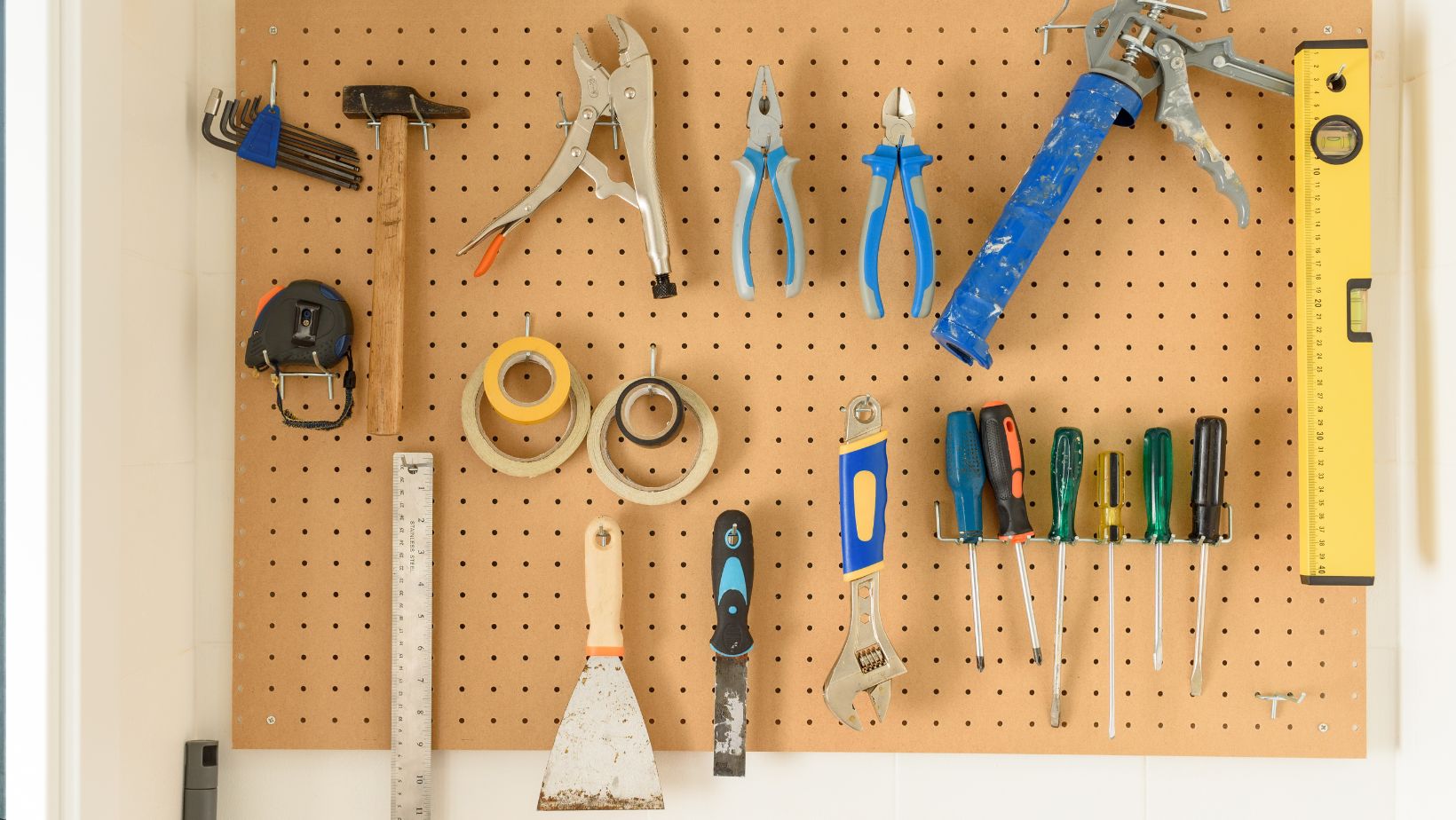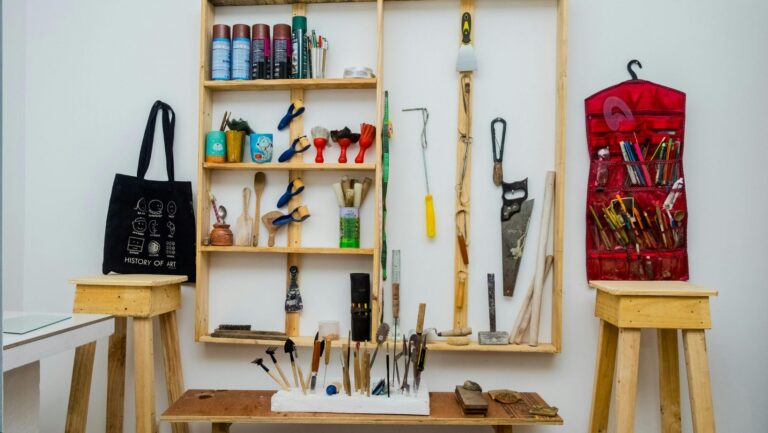In the late nineteenth century, Frederick Winslow Taylor (1856-1915) became known as the patron saint of industrial efficiency. While working as a laborer, Taylor quickly realized the laborers weren’t working as hard as they could, and this raised labor costs for the company. Over time, Taylor began to realize that studying every part of the manufacturing process to find efficiencies was an effective way of saving both time and money while increasing productivity. This eventually yielded a famous paper called “The Principles of Scientific Management,” which outlined how to maximize efficiency, a process that came to be known as Taylorism.
In your workplace, you can save time and money by using your tools more efficiently. It may seem like a simplistic, or even obvious, improvement to your business, but every minute a worker isn’t spending looking for misplaced tools is a minute that the worker can be productively creating value for the company.
In this article, we’ll take a look at how organizing tools can create workplace efficiencies that save both time and money.
Saving Time
The first way that organizing your tools can create efficiency is by saving time. Organizing tools—and ensuring that they are returned to their proper location, such as a Shadowfoam organizer, at the end of each workday—saves workers time when they need to find a tool to complete a task. This means that workers are spending less time hunting for tools. You might not think this is a major contributor to efficiency, but if each worker spends just two minutes per day looking for tools, that can easily add up to half a workday per worker per year just spent hunting for tools.
Multiplied across your entire workforce, you may be losing the equivalent of hundreds of hours of labor per year depending on the size of your workforce.
Reducing Costs
Another benefit of organizing tools is avoiding waste. If you know where your tools are, you also know how much you are spending on tools, what tools need to be replaced, and what tools are still in good condition. You will avoid workers requesting or purchasing additional tools that you already have on hand, so you will spend less on duplicates and unnecessary purchases. For example, keeping track of your supply of tools ensures you don’t over-purchase or under-purchase, thus reducing excess costs. Similarly, when you keep close track of your tools, you can lower your repair costs by ensuring they are kept in good condition.
Better Workplace Function
Keeping your tools organized will help you improve the effectiveness of workplace collaboration and productivity. For instance, when everyone knows where the tools are and there is a standard procedure for signing tools out and returning them in good condition, teams can collaborate better, and teamwork moves more smoothly. No one, for instance, benefits from disputes over tool use, wasting time finding tools, or spending time within a team creating tool use policies to foster collaboration. Having these policies set at the beginning can make the teamwork go faster. Similarly, employees will have more time to do productive work if they do not spend their time searching for tools or debating with colleagues how to store and manage tool use. Finally, your workplace functionality also benefits from reduced error rates in the organization.

When tools are disorganized, accidents and injuries are more likely to occur as workers struggle to find tools or use the wrong tool.
More Satisfied Employees
Happy employees are more productive employees. When tools are carefully organized and easy to find and use, employees will be less frustrated and will feel more satisfied with their jobs. Disorganization can create stress, and stress leads to deep dissatisfaction. On the other hand, an organization lets employees complete tasks faster and more easily, and this gives them a greater sense of control over their own destiny. And, of course, they can feel more productive and confident if they are spending their time working on productive tasks rather than searching for tools. This can produce a positive reinforcement cycle for your workers.
Overall, the bottom line is that organizing tools is a small step that can pay off with big dividends later on. While tool organization may not seem like a huge efficiency creator, every little bit counts, and if you prevent just one major accident, you will have saved yourself enormous time and money that will repay all of the investments you’ve made in improved tool organization.





